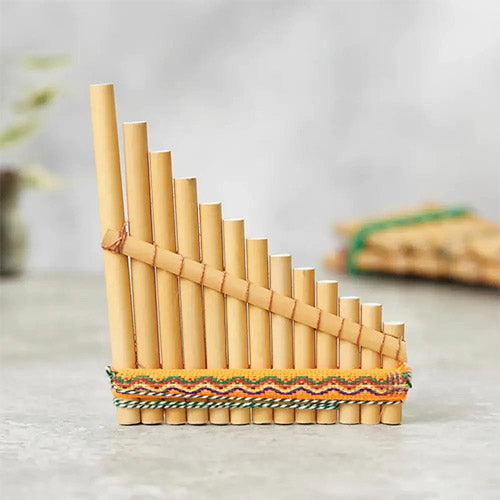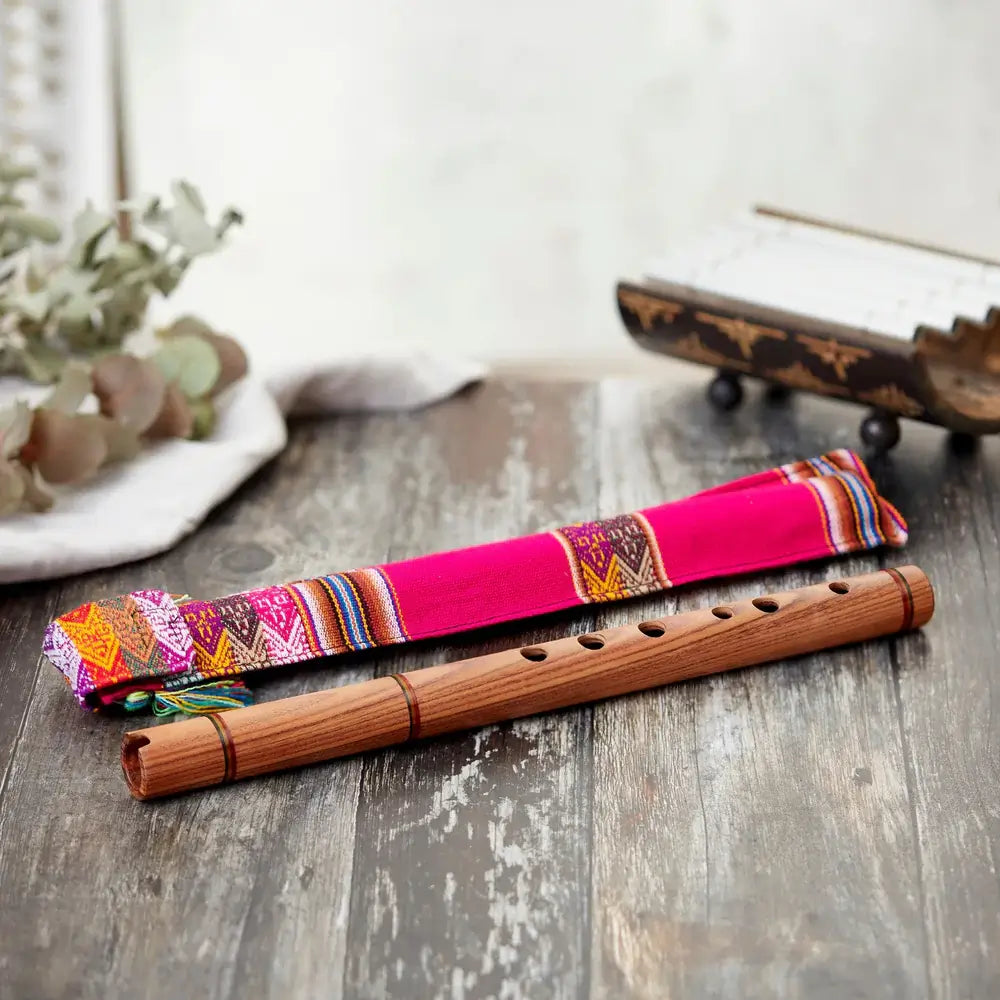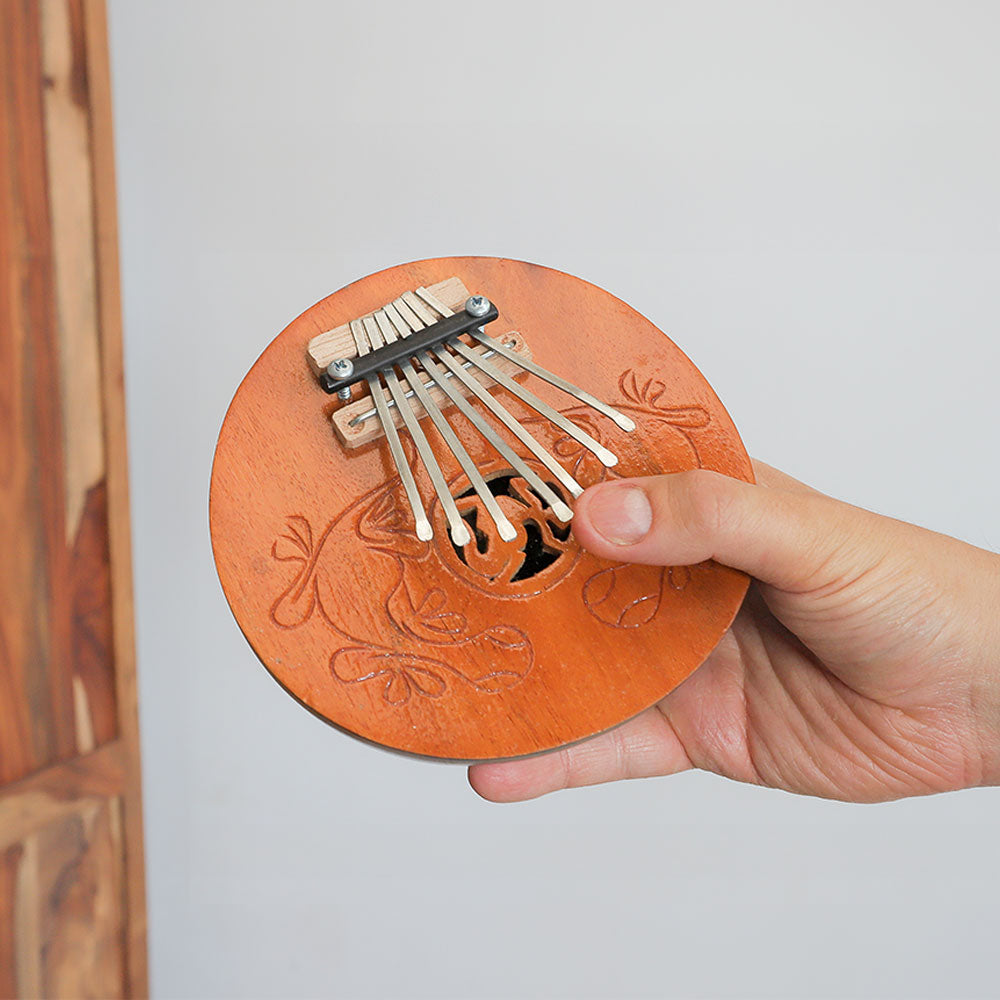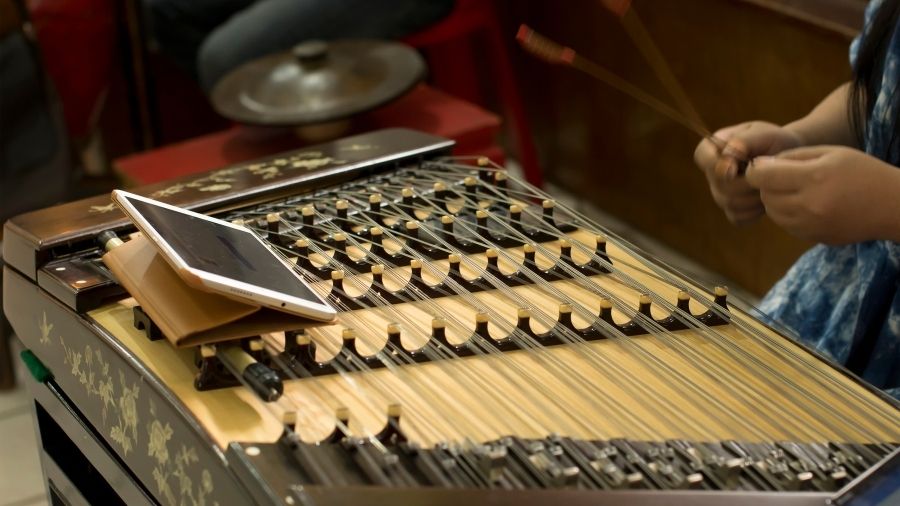There are many painting styles throughout India and they all vary in technique and preferable materials. In this article we take a look at the top 10 painting styles and we explain what makes each one unique.
1. Madhubani

Madhubani, also known as Mithila art, is one of the most famous painting styles in India. It features intricate geometric patterns and is often used during festivals and religious gatherings. Traditionally done by hand using twigs, pens, matchsticks, and natural dyes, it now appears not only on walls and canvases but also on products like boxes and decorative items.
The style is rooted in the town of Madhubani and is primarily painted by women. Natural materials like turmeric, crushed leaves, charcoal, cow dung, rice powder, and flower pigments are used to create the vivid colours—making the art eco-friendly and vibrant. These hand painted buckets are uniquely hand-painted near Kathmandu, Nepal, in traditional Mithila style.
2. Warli Paintings

This type of painting depicts social life—humans, animals, and daily scenes. Warli paintings are a famous tribal art form often found in caves, where a single painting can tell a whole story. Originating in Maharashtra, this style is popular in cities like Dahanu, Talasari, Jawhar, Palghar, Mokhada, and Vikramgad. Traditionally done on mud walls, artists use a rice paste, water, and gum applied with a chewed bamboo stick as a brush, giving Warli a unique look. Since the 1970s, its simplicity has boosted its popularity—even appearing in the film industry for its native and tribal aesthetic.
3. Kalighat Painting
Kalighat paintings are known for their bright colours and bold outlines. This style evolved in 19th-century West Bengal, primarily depicting gods and mythological characters, often using natural dyes. Kalighat art is usually a group effort—some create dyes, while others draw outlines or add motifs. The art explored civil themes like crimes, women bathing, and societal changes. Originally made as souvenirs for visitors of the Kalighat Kali Temple, the paintings grew into a distinctive style. Some pieces, like The Lady with a Peacock, have become very famous.
4. Phad
Phad paintings originated in the 10th century when Chochu Bhat commissioned Joshi, a Phad painter, to depict the life of Devnarayn, a Gurjar warrior from Rajasthan and an incarnation of Vishnu worshipped as a folk deity. The art is done on handwoven cotton cloth, soaked overnight to thicken the threads, then stiffened with rice and flour starch. It's dried, rubbed with moonstone for sheen, and painted with natural vegetable colours. This scroll painting style is religious and practiced in Rajasthan.
5. Kalamkari

Kalamkari art is a hand-painted or block-printed cotton textile from Andhra Pradesh. Though also popular in Iran, it first emerged in the 1970s in Pedana. Pitchuka Veela Subbaiah began it with partners in Polavaram but later started his own firm in 1972, producing Kalamkari block prints commercially. Traditionally, this art told stories, with villagers illustrating tales on canvas.
Kalamkari uses earthy tones like red, blue, green, and brown. Women are shown in yellow, gods in blue, and demons in red or green—each colour helping to tell the story.
6. Miniature

Traditional Indian miniature painting dates back to the 9th century Buddhist palace period. Influenced by Indian literature, it features highly detailed, small-scale illustrations capturing social and cultural life. The art form fully developed during the 19th-century Mughal empire and is known for its smooth surface.
To qualify as miniature art, pieces must be no larger than 25 square inches. This style influenced Persian art and flourished in Rajasthan. Like other styles, it depicts religious symbols and gods, using natural dyes from minerals, vegetables, stones, shells, and even gold and silver. Colour preparation remains an elaborate process, often taking weeks or months.
7. Kerala Murals

Kerala Mural paintings date back to the 9th century and depict Hindu mythology, with the largest being Gajendra Moksha. Kerala is famous for its murals, temples, geography, and cultural richness like tea, coffee, spices, tourism, and Ayurveda. The murals often illustrate temples and palaces, using the whole body of the mural to tell stories, especially in Kathakali art.
The Kerala art gallery offers original murals from skilled artists, including both colourful paintings and intricate sketches of gods and goddesses.
8. Patachitra

Patachitra is a cloth-type painting style where a fine cotton cloth is coated with white stone powder and natural tamarind seed gum as a primer for paint adherence. Like other Indian styles, natural paints are used.
After painting, the canvas is sundried. Artists called Chitrakars practice this oldest Odisha art form. The name comes from Sanskrit: patta (canvas) and chitra (picture). White paint is made from powdered conch shells, red from mineral hingula, yellow from haritala, and black from burnt coconut shells.
9. Pichwai
Pichwai, from Nathdwara, Rajasthan, is over 400 years old. The detailed, stunning paintings on cloth use techniques similar to Phad and Patachitra. Passed down through generations, Pichwai focuses on Lord Krishna, narrating his tales. These rare paintings are mainly made to hang in Hindu temples.
10. Gond
Gond painting is a folk tribal art practiced by India’s largest tribes. ‘Gond’ means ‘the green mountain’ in Dravidian, reflecting man’s close connection with nature. The art begins with carefully drawn lines creating movement in a still image. Dots and dashes add detail and dynamism. Originating in Madhya Pradesh, Gond art is also found in Andhra Pradesh, Orissa, Maharashtra, and Chhattisgarh. Jangarh Singh Shyam, known for paintings and murals, is credited with inventing this unique style.
Where to buy indian musical instruments
Looking to bring the spirit of India into your music? We offer a curated selection of beautifully hand-painted Indian instruments that sound great. From intricately designed dholaks and tablas to unique shakers and frame drums, our instruments are crafted using traditional methods and often decorated in vibrant folk art styles like Madhubani and Warli.








